Weidmüller Ethernet cable (network)
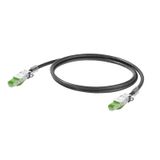











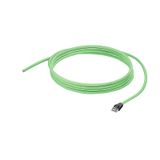



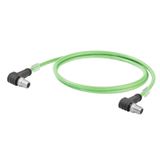





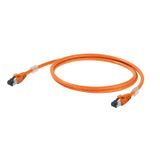





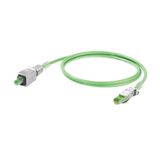




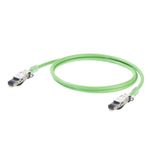




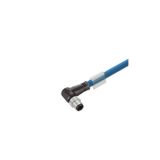


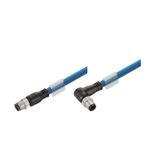



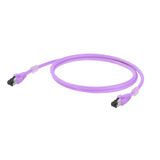
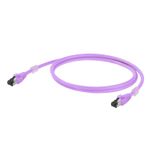
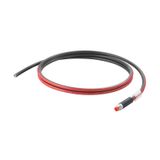

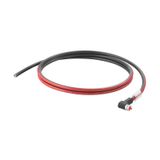


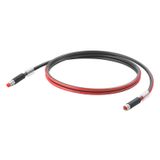

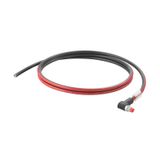
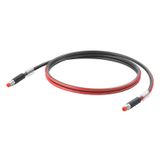
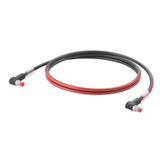

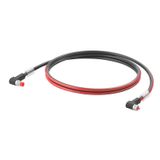

weidmuller lan cables overview for industrial networks
This category covers copper and fiber lines purpose-built for panels, machines and plant backbones. Weidmüller structures the range by performance (Cat5e, Cat6, Cat6A; OM2–OM4 and OS2 fiber), jacket (PVC, LSZH, PUR high-flex), shielding (U/UTP, F/UTP, S/FTP), and installation class (fixed, drag-chain, outdoor/UV). Typical buyers are panel shops, OEMs, utilities and MRO teams who want predictable ODs for glands, reliable EMC in drive halls, and reel lengths that simplify kitting on the shop floor.
weidmuller ethernet cables families and grades
Copper families split cleanly:
- Cat5e for legacy drives and HMI links where 100 Mbit is enough.
- Cat6 as the everyday workhorse for PLC islands and control rooms.
- Cat6A when Gigabit and PoE/PoE+ power budgets matter or cameras sit far from panels.
Jackets align to environment: PVC/LSZH for cabinets and offices, PUR for moving axes and oil-resistant tray runs, PE/UV for outdoor. Shielding options go from foil (F/UTP) to full braid + foil (S/FTP) where VFD noise is severe. Most distributors stock 100 m and 305 m reels in grey/yellow, plus pre-cut drum options for site kits.
weidmuller patch cords assemblies and lengths
Pre-terminated cords reduce build time and variability. Expect RJ45-to-RJ45 panel cords from 0.3 m to 20 m, M12-to-RJ45 for device drops, and M12-to-M12 for IP67 runs along machines. Boots are short to clear tight door bends, with snagless forms for dense patch panels. High-flex PUR jumpers serve robot cells; color rings support network tiering (controls, HMI, cameras). Most fast movers arrive bagged in tens for easy line-side replenishment.
Construction and ordering specs that matter
- Performance bands: Cat5e/6/6A to 500 MHz; fiber OM3–OM4 for 10 Gb short-reach, OS2 single-mode for campus links.
- ODs and clamping: Common 6.0–8.0 mm jackets with published OD—critical for correct gland choice.
- PoE capability: Marked classes; maintain 20% headroom on power and temperature for enclosed routes.
- Halogen content: LSZH for public buildings; PUR where oils, weld spatter or flexing apply.
- Shield strategy: S/FTP wins near drives; terminate 360° at entry with shield clamps for best EMC.
- Packaging: Reels, cut lengths, and cord kits; labels carry length, Cat class and batch for traceability.
Applications and compatibility
Use across bottling lines, conveyors, wastewater plants, HVAC rooftops, crane cabs and MCC corridors. Cables route through EMC glands into terminal ducts and switches on TS35 rails. To build the basket, add DIN-rail switches, media converters, PE/earth terminals, marker sleeves, and tie bases. Many procurement lists still write these as weidmuller computer network cables; map that wording to internal part codes to avoid mis-picks.
weidmuller structured network cabling for panels and plant rooms
Standardize enclosures with DIN-rail patch panels, keystone frames and splice cassettes. Managed switches support VLANs, RSTP and port alarms; unmanaged units serve islands and machine cells. Copper-to-fiber media converters create clean galvanic breaks across buildings. Use pre-loaded frames in common port counts so expansion is just a snap-in away.
Integration with other Weidmüller products
Patch panels, switches and power supplies share the 45 mm device pitch for tidy layouts. Shield clamps align with PE terminal rails so braid continuity is short and low-impedance. For entry hardware, pair with the brand’s EMC cable glands; the printed cable OD matches gland clamping ranges, which keeps IP and noise performance intact. Label carriers match terminal block markers, making port IDs consistent from drawing to door.
Selection criteria for B2B clients
- Environment & movement. Static cabinet? PVC or LSZH. Drag-chain or robot? PUR high-flex rated to cycle counts.
- EMC & proximity to drives. Step up to S/FTP and shield clamps; route separately from motor leads.
- Bandwidth & PoE. Choose Cat6A where cameras/APs draw power; confirm injector/switch budgets with margin.
- Connector format. RJ45 inside cabinets; M12 D-coded for 100 Mbit devices; M12 X-coded for Gigabit/IP67.
- Fiber or copper. Go fiber for long runs, lightning-prone links or where galvanic isolation is valuable.
- Kit completeness. Add glands, shield clamps, patch panels, labels and spare cords; these small parts prevent site delays.